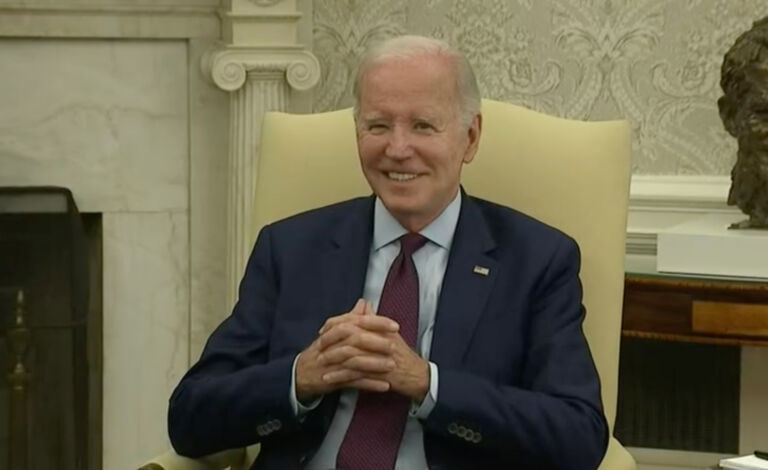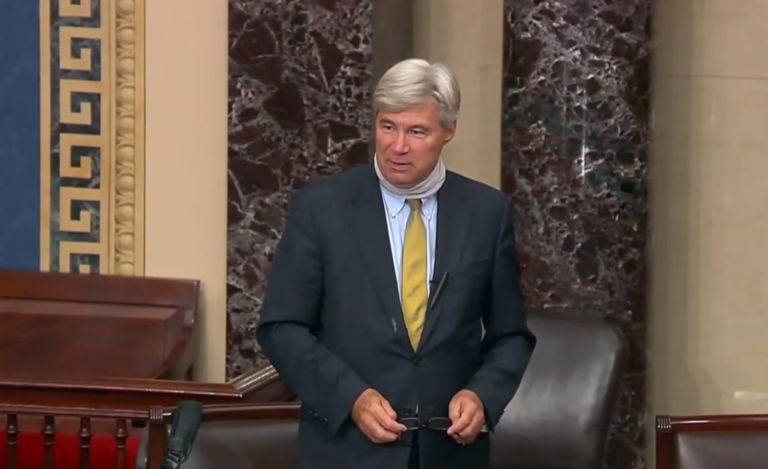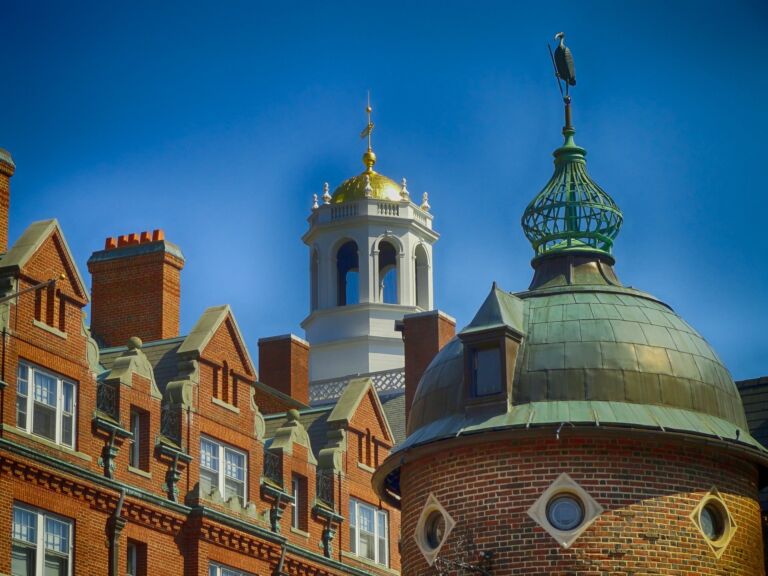Note: The text of this newsletter has changed.
Energy issues have been in the headlines recently, and this newsletter compiles them. Here’s a question to think about before starting: What if someone discovered a cheap, plentiful, domestic, clean-burning fuel, but government policies written to serve special interests and Big Energy effectively stood in its way?
1. Hey, about Spain’s very enviable renewable-energy policy that was held up as a model for everybody …
Recent headlines about Spain’s solar industry now include such phrases as "on the verge of bankruptcy" and "industry to collapse." As the former link explains,
The Spanish Photovoltaic Union (UNEF), an association of more than 330 solar photovoltaic companies and organizations, announced yesterday, that the Spanish government’s decision to reduce clean energy subsidies will lead to the bankruptcy of many solar energy installations, due to their inability to pay back their debts. For several years now, Spanish governments have forced electricity retailers to pay above-market prices to renewable-power producers. In 2012 clean energy subsidies in Spain hit [$11.31 billion].
During the last decade Spain has become one main producers of renewable energy in Europe, by the year 2010 the country generated 23 percent of its electricity from wind and solar. That, however came at a price …
It did indeed. Bloomberg explained the coming train wreck in 2010, using a soft lede about the utter collapse under its own weight of Spain’s solar industry, opening with the story of a farmer who "heard about Spain’s solar gold rush" back in 2007 and "pooled his family savings and mortgaged his apartment" to convert part of his family’s farm to photovoltaic solar panels. The farmer, German Vilimelis, was looking forward to turning a nice profit after the loan is paid off five years from now. Unfortunately,
Now Vilimelis and more than 50,000 other Spanish solar entrepreneurs face financial disaster as the policy makers contemplate cutting the price guarantees that attracted their investment in the first place.
"You feel cheated," he says. "We put our money in on the basis of a law."
Zapatero introduced the subsidies three years ago as part of an effort to cut his country’s dependence on fossil fuels. At the time, he promised that the investment in renewable energy would create manufacturing jobs and that Spain could sell its panels to nations seeking to reduce carbon emissions.
Do those promises sound familiar? Read on to learn how they fell apart, and try to remember that not only ratepayers, but even family farms, are victims of the scheme.
For those struggling to find a lesson to draw, Bloomberg offers a little help:
Spain stands as a lesson to other aspiring green-energy nations, including China and the U.S., by showing how difficult it is to build an alternative energy industry even with billions of euros in subsidies, says Ramon de la Sota, a private investor in Spanish photovoltaic panels and a former General Electric Co. executive.
2. Hey, about Germany’s very enviable renewable-energy policy that was held up as a model for everybody …
Speaking of a renewable energy policy collapsing under its own weight, The Economist writes about Germany’s Energiewende, which it describes as a revolutionary policy "to convert Europe’s biggest industrial economy so that it runs largely on renewable energy." There is, however, trouble in Paradies (that’s German for "paradise"; its resemblance to the English word "parodies" is purely coincidental and enjoyable):
By 2022 all nuclear power plants, which now produce 16% of the country’s electricity, are to be switched off. And by 2050 about 80% of electricity is to come from renewable sources, compared with 22% now.
In principle, this bold plan brings huge opportunities for Germany, not only to help save the planet but to become a global leader in tomorrow’s energy-efficient and green technologies. The reality has been messier, marked by price distortions, political U-turns, surging costs and inadequate infrastructure.
Businessmen say the Energiewende will kill German industry. Power experts worry about blackouts. Voters are furious about ever higher fuel bills. The chaos undermines Germany’s claim to efficiency, threatens its vaunted competitiveness and unnecessarily burdens households.
Do those policy machinations, price distortions, and ever-higher electrical bills unnecessarily burdening households sound familiar?
In other news …
3. Saudi Prince Alwaleed is really worried about energy competition, but not from renewables, for some reason
The Wall Street Journal reports:
Saudi billionaire Prince Alwaleed bin Talal has warned that the kingdom’s oil-dependent economy is increasingly vulnerable to rising U.S. energy production, breaking ranks with oil officials in Riyadh who have played down its impact.
In an open letter dated May 13 addressed to Saudi Oil Minister Ali al-Naimi and several other ministers, a link to which was published Sunday on Prince Alwaleed’s Twitter account, he warned that the boom in U.S. shale oil and gas will reduce demand for crude from members of the Organization of the Petroleum Exporting Countries. …
Saudi Arabia, the world’s biggest oil exporter, is now pumping at less than its production capacity because consumers are limiting their oil imports, Prince Alwaleed said in the letter. This means the kingdom is "facing a threat with the continuation of its near-complete reliance on oil, especially as 92% of the budget for this year depends on oil," said the prince.
4. Landmark federal study finds no evidence that hydraulic fracturing contaminates water
The results are preliminary, but after a year of monitoring, it seems that drilling fluids used well over a mile beneath the surface stayed over a mile below, which it turns out isn’t close to surface-level sources of drinking water:
A landmark federal study on hydraulic fracturing, or fracking, shows no evidence that chemicals from the natural gas drilling process moved up to contaminate drinking water aquifers at a western Pennsylvania drilling site, the Department of Energy told The Associated Press.
After a year of monitoring, the researchers found that the chemical-laced fluids used to free gas trapped deep below the surface stayed thousands of feet below the shallower areas that supply drinking water, geologist Richard Hammack said.
Drilling fluids tagged with unique markers were injected more than 8,000 feet below the surface, but were not detected in a monitoring zone 3,000 feet higher. That means the potentially dangerous substances stayed about a mile away from drinking water supplies.
5. Meanwhile, the AP finds that many fears over ‘fracking’ are based in bad science
The Associated Press looks into criticisms of hydraulic fracturing ("fracking") and finds that "some of the claims have little — or nothing — to back them":
For example, reports that breast cancer rates rose in a region with heavy gas drilling are false, researchers told The Associated Press.
Fears that natural radioactivity in drilling waste could contaminate drinking water aren’t being confirmed by monitoring, either.
And concerns about air pollution from the industry often don’t acknowledge that natural gas is a far cleaner burning fuel than coal. …
Critics of fracking also repeat claims of extreme air pollution threats, even as evidence mounts that the natural gas boom is in some ways contributing to cleaner air. … Yet data from the U.S. Energy Information Administration show that the shale gas boom is helping to turn many large power plants away from coal, which emits far more pollution. And the U.S. Environmental Protection Agency passed new rules to force drillers to limit releases of methane from wells and pumping stations.
Some environmental groups now say that natural gas is having a positive effect on air quality.
Earlier this year, the group PennFuture said gas is a much cleaner burning fuel, and it called gas-fired power plants "orders of magnitude cleaner" than coal plants.
Those findings would, of course, sound familiar to readers of the John Locke Foundation’s discussions of the subject in research, blog posts, and Agenda 2012.
And finally …
6. Gov. McCrory takes credit for keeping North Carolina ratepayers stuck with expensive renewable energy
My colleague Dr. Roy Cordato explains the significance of a report in the Watauga Democrat that "McCrory drew applause from summit attendees when he said he stepped in to stop a legislative effort this year to end state subsidies for renewable energy development":
Until this speech, McCrory had not even taken a position on these mandates. During the debate on their repeal, at least in terms of public comment, the governor was silent. What he has now acknowledged to an audience of advocates for forced utilization of wind and solar power is that, behind the scenes, he was using his influence with Republican lawmakers to make sure that this reversal of one of the most egregious forms of crony capitalism on the books in North Carolina did not occur.
What is interesting is that he waited until he was speaking to this particular group, far from the media spotlight of Raleigh, to acknowledge that he was not only against the legislation but that he was responsible for killing it while still in committee.
This newsletter has already discussed in detail the problems of keeping poor captive ratepayers subjected to special interests. One could infer them from hard lessons being learned in Germany and Spain.
Oh — did you think about that question?
Click here for the Rights & Regulation Update archive.


